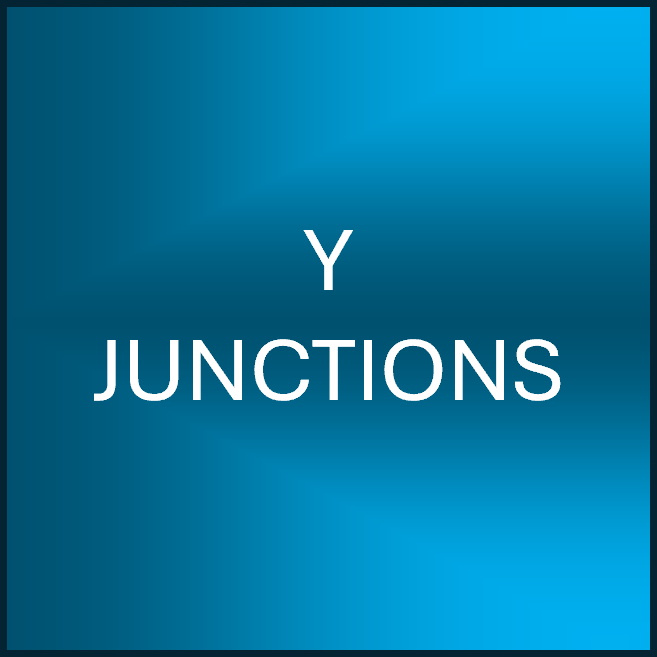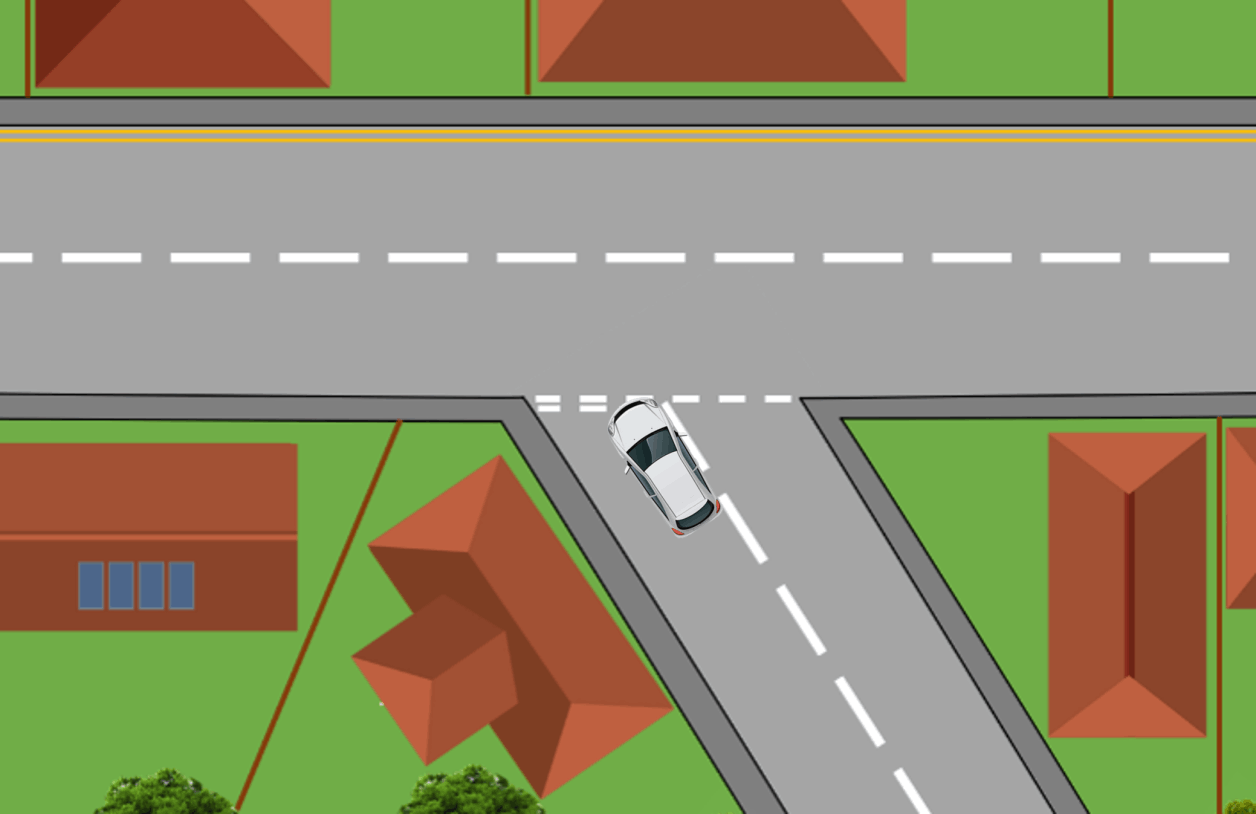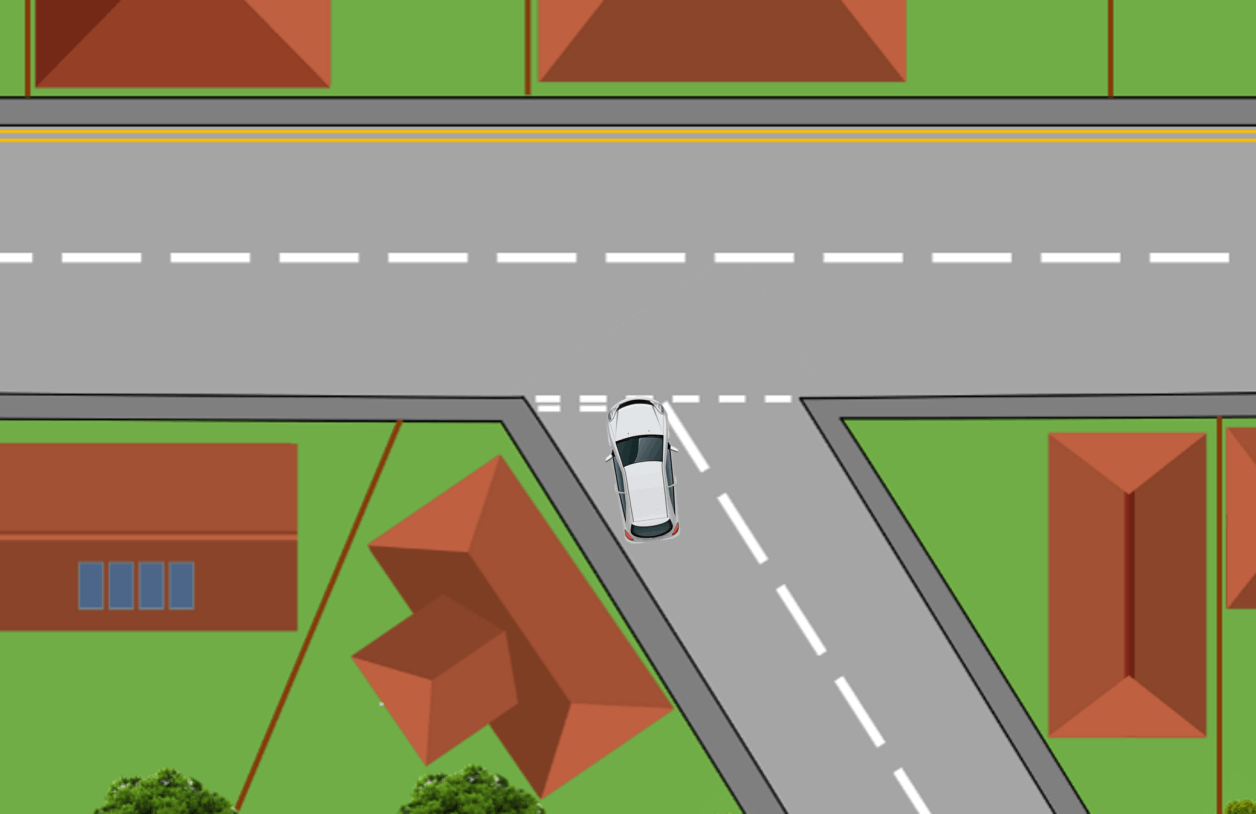
These junctions, depending on the direction of travel as you approach them can be at any angle less than 90 degrees, or could be substantially tighter at angles in excess of 160 degrees

These junctions, depending on the direction of travel as you approach them can be at any angle less than 90 degrees, or could be substantially tighter at angles in excess of 160 degrees

But with a little bit of detective work you'll see that the Give Way sign is on full view to the approaching traffic.
If this was a T-junction the only part of the Give Way sign that you would see would be the pole.

The building of knowledge during driving lessons is crucial for learners to be equipped with the skills to spot this type of junction prior to entering it.
Obviously, you could always teach a learner to treat EVERY junction as a Y junction, but that would possibly cause them to be excessively slow on approach to every junction until they have a familiarity to them.
By building up their knowledge and experience on different types of roads throughout their learning journey, you are preparing them for most eventualities.
Here is a small list of items you should consider building your learners skills on to be capable of spotting Y junctions.
Examples:
Obviously there may be a Y-junction warning sign.
Can they see a Give Way sign for the road they are about to enter?
How much of that sign can they see?
The more they can see of it the tighter the junction will be.
What angle are vehicles turning into or out of the road?
Are tree lines, Telegraph poles, Hedges, Garden walls, Fences, Street lights offset to the road or travelling at 90 degrees to the road you are on?
What about the roofs of houses in the road you are turning into. Are they at 90 degrees or at an angle to your road?
Is it possible to see the road markings into the road, can they tell if they are at an angle or at 90 degrees?
When turning into any road there is always a level of caution that need to be had.
Turning in too quickly there may be pedestrians in the road.
There may be vehicles on the wrong side of the road that are overtaking parked cars.
There may be backed up traffic.
Additional items that may cause more caution to be had at a y-junction:
The pillars of your windscreen may cause blind spots.
Steering if misjudged may end up with either too little initially or over reacting to the situation because you got caught out and end up putting too much steering on.
If the speed on approach is too fast there is a high chance that as you turn in, you will end up on the wrong side of the road.


Having dealt with turning into a Y-junction and some of the implications that can occur and the things that we can look out for, there are also things that you can do to make your line of sight a lot easier when emerging from a Y-junction.
Looking at the two images, one of the cars will have a hard time trying to look to their right by positioning themselves in the traditional manner that you would when turning right. The cars position in the road is close to the centre line. But this will make it hard for them to see traffic coming from their right until they are part way out into the new road. The other image however has had a driver that has turned the Y-junction into a T-junction just be moving towards the kerb near the very end of the road and then applying some sharp steering just before the end of the road but not crossing the centre line to affect vehicles that may need to turn into the road. Their line of sight is as good as it would be at a traditional T-junction and will have covered part of the steering that will be necessary to enter the new road comfortably.